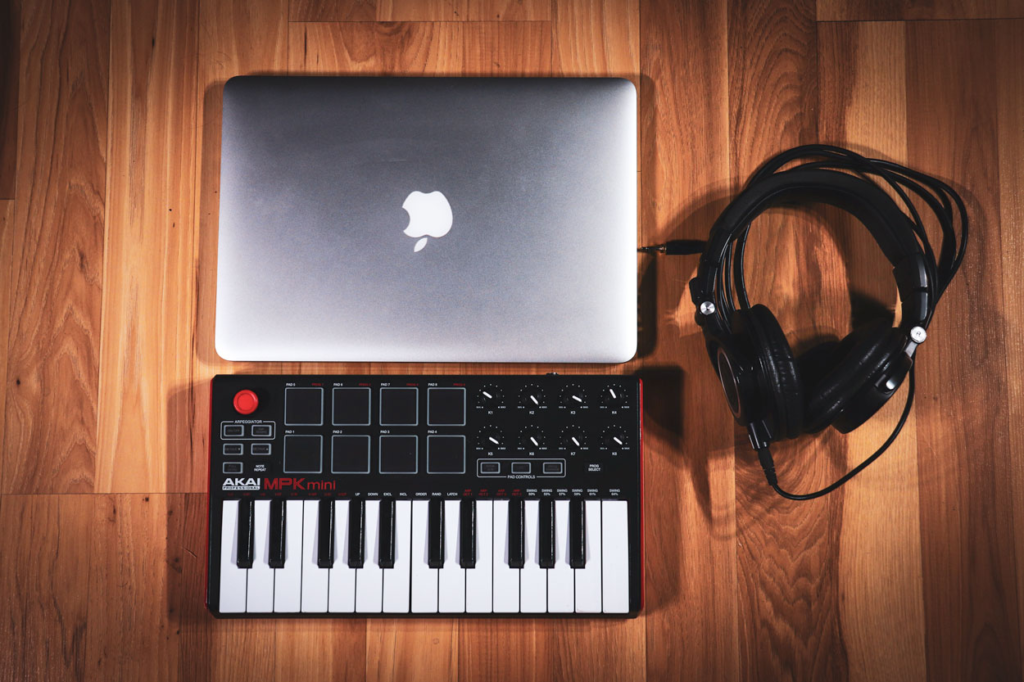
Introduction to Hip Hop Beats
Hip hop has evolved into one of the most dynamic and influential genres in music. At its core, creating fresh hip hop beats is an art form that brings together rhythm, melody, and emotion. Whether you’re a budding producer or an experienced beatmaker looking to refine your skills, understanding the intricacies of hip hop beat creation can set you apart from the crowd.
From crafting infectious drum patterns to mastering sampling techniques and layering sounds for depth, there’s so much to explore. The world of hip hop production offers endless possibilities for innovation and expression. So grab your DAW (Digital Audio Workstation) and let’s dive into this producer’s guide on how to create captivating beats that resonate with listeners!
Understanding the Elements of a Beat: Drums, Bass, and Melody
At the heart of every hip hop beat lies three essential elements: drums, bass, and melody. Each plays a pivotal role in shaping the sound and feel of your track.
Drums are the backbone. They provide rhythm and energy. A well-crafted drum pattern can make or break a song. Consider experimenting with various kick and snare combinations to create unique grooves that capture attention.
Next comes bass. This element adds depth and warmth to your production. Crafting catchy basslines is crucial for driving the track forward, ensuring it resonates both on speakers and in listeners’ hearts.
Melody ties everything together. It brings emotion and context, allowing for creativity to flow freely through chord progressions or simple loops. Keep it engaging but not overwhelming; let each element shine while building a cohesive soundscape that captivates your audience’s ears.

Tools and Software for Creating Beats
Choosing the right tools and software is essential for effective hip hop beat creation. A reliable DAW (Digital Audio Workstation) serves as your creative hub. Popular options like Ableton Live, FL Studio, and Logic Pro offer powerful features tailored for producers.
Within these platforms, VST plugins expand your sound palette significantly. From synthesizers to drum machines, they provide endless sonic possibilities. Don’t overlook sample packs—these can introduce unique textures that elevate your tracks.
MIDI controllers play a vital role too. They allow you to interact with your software in an intuitive way, making it easier to experiment with rhythm and melody loops.
Investing in quality monitors or headphones ensures accurate sound representation during mixing and mastering processes. Finding the right combination of hardware and software sets the stage for innovative beats that resonate with listeners.
Techniques for Layering and Arranging Your Beat
Layering and arranging your beat is where the magic happens. It’s about building a rich soundscape that captivates listeners.
Start with a solid foundation using drum patterns. Choose kick, snare, and hi-hat sounds that complement each other. Experiment with different placements for a unique groove.
Once you have the rhythm locked in, add basslines to create depth. A heavy sub-bass can anchor your track while melodic lines fill out the space above it.
Don’t shy away from melody loops either; they can enhance emotional impact. Layer them with harmonies or counter-melodies for complexity.
Arranging is crucial too—think about transitions and sections within your beat. Use breaks and builds to keep things dynamic.
Consider volume levels as well; balance will ensure clarity between all elements without one overpowering another. This attention to detail makes all the difference in crafting memorable hip hop beats.

Tips for Adding Unique Sounds and Samples
To make your hip hop beats stand out, dive into the world of unique sounds and samples. Experimentation is key. Look beyond traditional drum patterns and explore everyday objects for percussive elements. A simple clap or tap can add a fresh twist.
Consider using field recordings as well. Capture ambient sounds from your environment—a bustling street, rustling leaves, or distant laughter—and weave them into your tracks. This adds depth and authenticity.
Sampling isn’t just about loops; it’s an art form. Dig through vintage vinyl records or online sample libraries to find unexpected gems that resonate with your style. Layering these samples can create rich textures in your beat arrangement.
Don’t shy away from VST plugins that offer quirky sound options too. Incorporating unconventional instruments like kalimbas or sitars can introduce exciting melodies and basslines that defy genre norms. Your creativity knows no bounds!
The Importance of Mixing and Mastering Your Beat
Mixing and mastering are crucial steps in hip hop beat creation. They transform your raw sound into a polished, professional product.
During mixing, you balance individual elements like drums and basslines. This process ensures clarity and cohesion within the track. Proper EQing allows each sound to occupy its own space in the mix, preventing frequency clashes.
Mastering comes next; it enhances the overall loudness and consistency of your beat across different playback systems. Consider using compression to tighten up dynamics without losing character.
A well-mastered track translates better on all devices—whether it’s headphones or club speakers. It’s about making sure everyone hears your music as you intend it.
Ignoring these stages can lead to a lackluster final result that fails to engage listeners fully. Invest time in learning these skills for impactful production.

Collaborating with Artists and Incorporating Feedback
Working with artists can elevate your hip hop beat creation to new heights. Each collaboration brings fresh perspectives, unique influences, and creativity that can reshape your sound.
When sharing beats, encourage open dialogue. Ask for their insights on specific elements like drum patterns or melody loops. This exchange fosters an environment of experimentation where ideas flow freely.
Be receptive to feedback—both positive and critical. Constructive criticism often leads to innovations you might not have considered alone.
Don’t be afraid to make adjustments based on their suggestions. A slight tweak in tempo or a different bassline can completely transform the vibe of a track.
Remember, it’s about synergy and finding common ground while respecting each other’s artistic vision. Embrace the process as part of your creative workflow; it’s all about pushing boundaries together!
Staying Inspired as a Producer
Staying inspired as a producer is crucial for maintaining creativity. One effective way to ignite your passion is by exploring different genres. Dive into jazz, electronic, or even classical music. You’ll uncover unique rhythms and sounds that can enhance your hip hop beat creation.
Listening to fresh artists also plays a vital role. Discover underground talent or global beats that push boundaries. These new influences can spark innovative ideas in your own productions.
Another strategy involves setting challenges for yourself. Try working with specific tempos, unusual chord progressions, or strict sampling techniques. Constraints often breed creativity.
Collaborating with other musicians can provide fresh perspectives too. Sharing feedback and brainstorming together might lead you down unexpected paths.
Remember to take breaks when needed; sometimes stepping away lets ideas simmer subconsciously. Embrace the journey of exploration—your next big inspiration could be just around the corner!
Resources for Further Learning and Improvement
To elevate your hip hop beat creation skills, a wealth of resources is available. Online platforms like YouTube offer countless tutorials on everything from drum patterns to melody loops. Many producers share their techniques and workflows, providing insights you won’t find in textbooks.
Websites such as SoundOnSound and ProducerSpot frequently publish articles that dive deep into music theory, sampling techniques, and the latest trends in hip hop production. These can be invaluable for understanding current soundscapes.
Consider joining forums or communities dedicated to music production. Engaging with fellow creators can spark new ideas and provide feedback on your work.
Don’t overlook the power of books about composition and sound design; they often contain gems about chord progressions that are essential for crafting unique beats.
Experimenting with different DAWs will also broaden your skill set—each platform offers distinct features that can inspire innovation in your creative workflow.
Conclusion
Creating fresh hip hop beats is both an art and a science. By understanding the foundational elements like drums, bass, and melody, you set yourself up for success in hip hop beat creation. The right tools—whether it’s a DAW or MIDI controller—can elevate your production quality significantly.
Experiment with layering techniques to create depth and texture in your tracks. Don’t shy away from incorporating unique sounds through sampling; this can give your beats that distinctive edge. Mixing plays a pivotal role—not just for clarity but also to ensure every element of your track shines.
Collaboration adds another layer of creativity to music production. Listening to feedback helps refine your sound, while staying inspired keeps the process enjoyable. Embrace genre fusion; blending styles often leads to innovative results.
There are countless resources available for further learning, whether through tutorials or community forums that dive deep into specific topics such as EQing or compression techniques. So keep exploring different rhythms, experimenting with chord progressions, and mastering those trap beats alongside traditional boom bap styles.
The journey of becoming a skilled producer is ongoing, filled with opportunities for growth and expression within the vibrant world of hip-hop music.
For more such content, keep visiting QAWire


